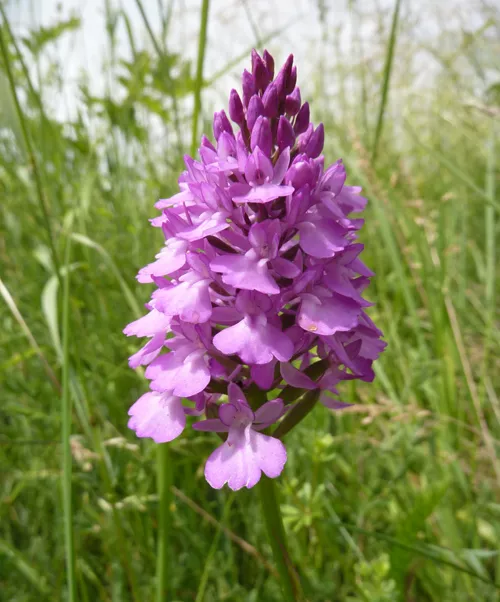
December on Hothfield Heathlands: Mosses and lichens
In our December instalment about Hothfield we focus on mosses and lichens on the reserve. Read on to find out more.


A range of different flowers will attract lots of insects and we hope to see plenty of butterflies and bees visiting the flowers next year!
Sainfoin and pyramidal orchid are already present on the verge along with other flowers such as common bird’s-foot-trefoil and ox-eye daisy.

Our new signs are in place so why not take a look next time you are in Tonbridge.
There are currently over 150 Roadside Nature Reserve (RNR) sites in Kent and these vary in size from just one or two metres wide up to a massive 25- 30 metres wide. The sites are managed by Kent Highways Services and Kent Wildlife Trust led Volunteer teams. There are over 70 volunteer wardens helping to keep an eye on these important sections of road verges.
RNRs help to protect rare and declining species and Habitats such as man orchid (nationally scarce) and chalk grassland. They also help provide a network of ‘mini meadows’ to allow insects such as bees and butterflies to feed on vital nectar and pollen and to help them move and forage across the wider countryside. RNRs can also provide a home for our native reptile species that tend to favour less disturbed areas.


In our December instalment about Hothfield we focus on mosses and lichens on the reserve. Read on to find out more.

This rare butterfly relies on wild woodlands - learn more & support its future.

Long-time volunteer Margery Thomas explores what Hothfield Heathlands is like on a crisp November day.